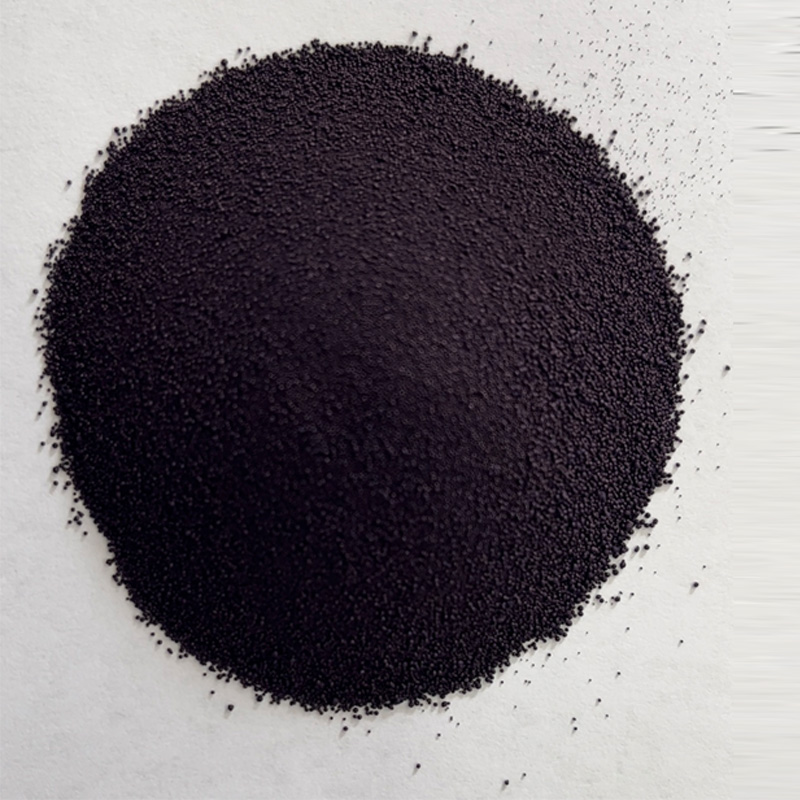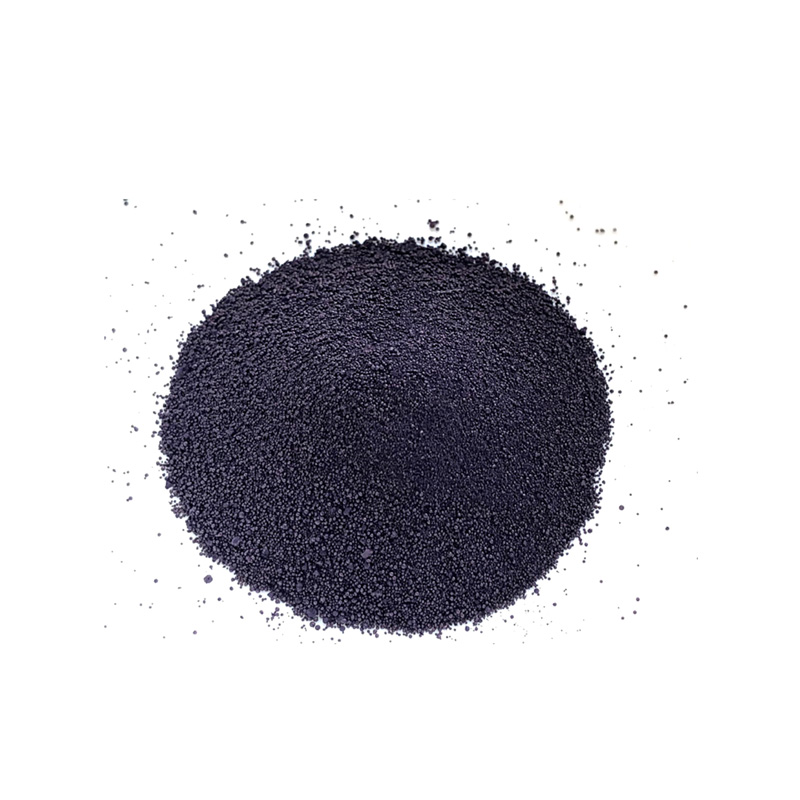indigo dye source


Japanese indigo, on the other hand, offers a more sustainable alternative for growers in temperate climates. This species is notably used in traditional Japanese shibori and katazome techniques, adding a rich cultural heritage to its application. Experts in dyeing emphasize that Japanese indigo not only provides vibrant hues but also requires less water and is more resilient to pests, making it a sustainable choice. Despite the predominance of synthetic indigo in today's markets, natural indigo dyeing holds unmatched appeal for its authenticity and environmental benefits. Synthetic options, derived from petrochemicals, cannot rival the depth, texture, and ecological advantages of plant-based dyes. As consumers increasingly prioritize sustainability, offering products dyed with natural indigo sourced responsibly strengthens a brand's position as an eco-conscious leader. To ensure the trustworthiness of indigo-dyed products, transparency in sourcing and processing is essential. Brands are encouraged to engage in fair trade practices and source their dyes from certified sustainable farms. This not only guarantees quality but also assures consumers about the ethical dimensions of their purchases. In conclusion, understanding the sources of indigo dye, alongside commitment to sustainable and ethical practices, can significantly enhance a product’s market appeal and credibility. By leveraging a rich history and integrating modern sustainability practices, producers can offer not just a product but an authentic experience steeped in tradition and environmental consciousness.
-
Thermal Stability Analysis of Bromo Indigo Pigments
NewsJun.06,2025
-
Sulphur Black Dye Oxidation Process Optimization
NewsJun.06,2025
-
Lightfastness Testing of Bromo Indigo Dyed Denim
NewsJun.06,2025
-
Granule Size Distribution and Jeans Color Uniformity
NewsJun.06,2025
-
Gradient Dyeing Methods with Indigo Blue Granules
NewsJun.06,2025
-
Dyeing Temperature Effects on Sulphur Black Color Fastness
NewsJun.06,2025
-
Sulphur Black Dyes in Daily Use
NewsMay.07,2025

Sulphur Black
1.Name: sulphur black; Sulfur Black; Sulphur Black 1;
2.Structure formula:
3.Molecule formula: C6H4N2O5
4.CAS No.: 1326-82-5
5.HS code: 32041911
6.Product specification:Appearance:black phosphorus flakes; black liquid

Bromo Indigo; Vat Bromo-Indigo; C.I.Vat Blue 5
1.Name: Bromo indigo; Vat bromo-indigo; C.I.Vat blue 5;
2.Structure formula:
3.Molecule formula: C16H6Br4N2O2
4.CAS No.: 2475-31-2
5.HS code: 3204151000 6.Major usage and instruction: Be mainly used to dye cotton fabrics.

Indigo Blue Vat Blue
1.Name: indigo blue,vat blue 1,
2.Structure formula:
3.Molecule formula: C16H10N2O2
4.. CAS No.: 482-89-3
5.Molecule weight: 262.62
6.HS code: 3204151000
7.Major usage and instruction: Be mainly used to dye cotton fabrics.

